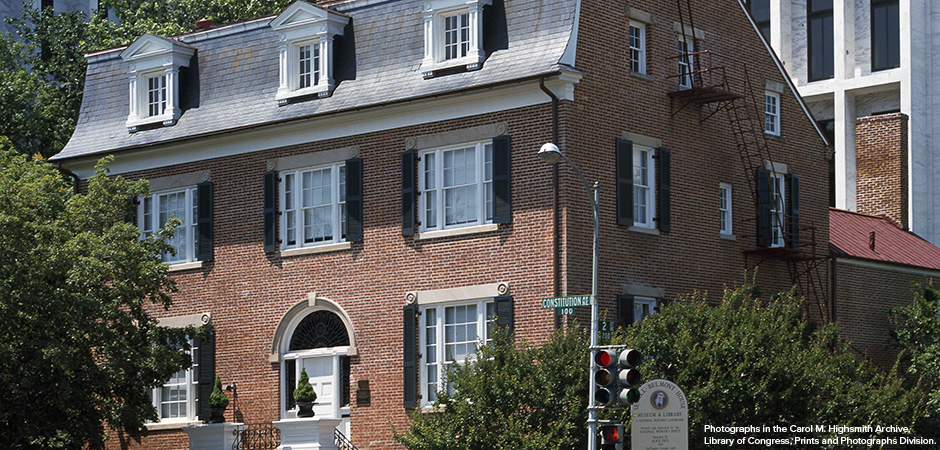
In December 2020, Congress approved funding for the Smithsonian American Women’s History Museum. This museum will honor American women’s accomplishments, their histories, and the communities they represent. While the museum organization has hosted many online and in-person events and programs, the physical museum hasn’t been constructed yet. The website for the museum says that it may take up to ten years before the museum is constructed and open. In the meantime, the public can access a wide range of digital content that tells the story of women’s history in the United States. Here, btw takes a closer look at this exciting new museum.
Why a Women’s History Museum?
Penny Pritzker, the chair of the Smithsonian American Women’s History Museum council, says that the museum’s goal is to add to the national conversation by recognizing women “whose stories have gone unheard for far too long.” She wants the museum to make clear that women are “not side notes in American history.” The museum will also share the stories of everyday women and their lives throughout various time periods. By telling the stories of the women who have helped shape our past, the museum hopes to inspire and empower future generations of female leaders.
The museum is being funded, in part, by donations. It has already received more than $55 million in donations. This money will allow the museum organizers to begin planning the building, start investing in programs, and continue producing digital content delivered on the website. The museum is a public-private partnership, which means that it will also receive federal funding.
It’s Women’s History Month!
During March, which is Women’s History Month, the American Women’s History Museum will celebrate with a wide variety of exciting programs and events.
For example, there will be:
- a display of the dress that First Lady Jill Biden wore to the 2021 presidential inauguration;
- a podcast about African American feminism; and
- programs honoring important figures such as filmmaker Beverly Wood, and musicians Rhiannon Giddens and Natalie Merchant.
Exploring the Digital Collections
While the American Women’s History Museum is being completed, there are many resources available through the Smithsonian American Women’s History Initiative. Thousands of objects are available to view online. They represent various cultures, communities, and time periods. Objects and stories are divided into nine categories: activism, art and design, education, entertainment, health and wellness, public service, science and innovation, sports, and work.
For example, you can view a Puerto Rican sewing kit; lace made during World War I; or photos made by several prominent women photographers. There is also a midwife kit; Chinese American clothing; the first maternity uniform for pregnant pilots, and a collection of handmade quilts. You can also listen to podcasts about civil rights activists Martha Prescott Norman and June Johnson. Or you can learn more about skateboarding pioneers Robin Logan and Cindy Whitehead.
Dig Deeper Take a “tour” of the future American Women’s History Museum by visiting its website. Which category (activism, art and design, education, entertainment, health and wellness, public service, science and innovation, sports, or work) is most interesting to you? Why?
